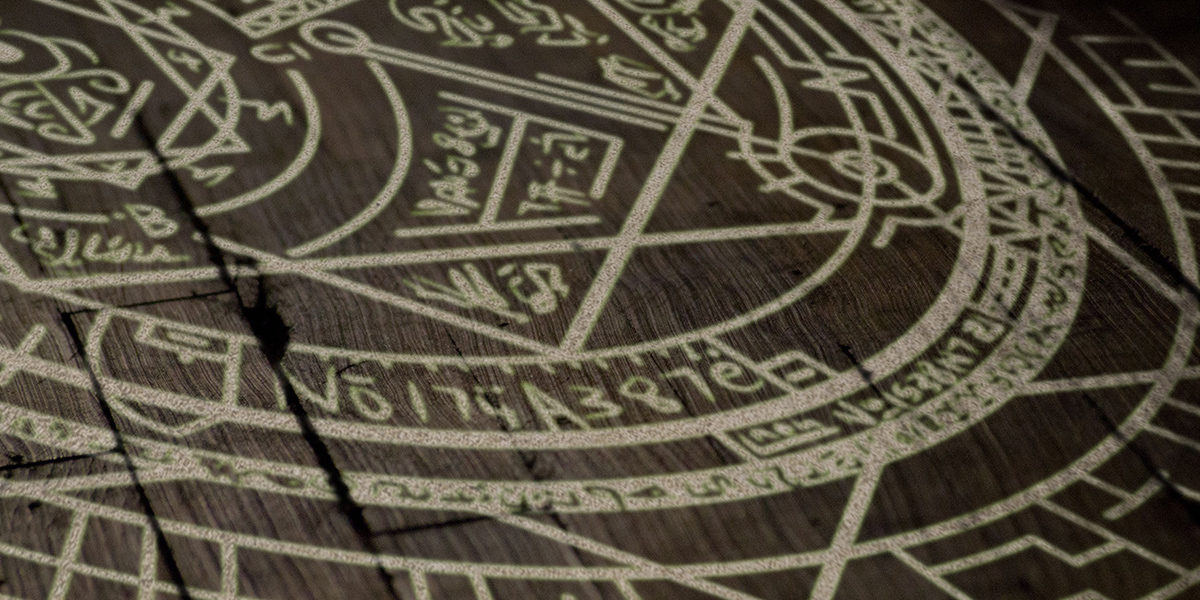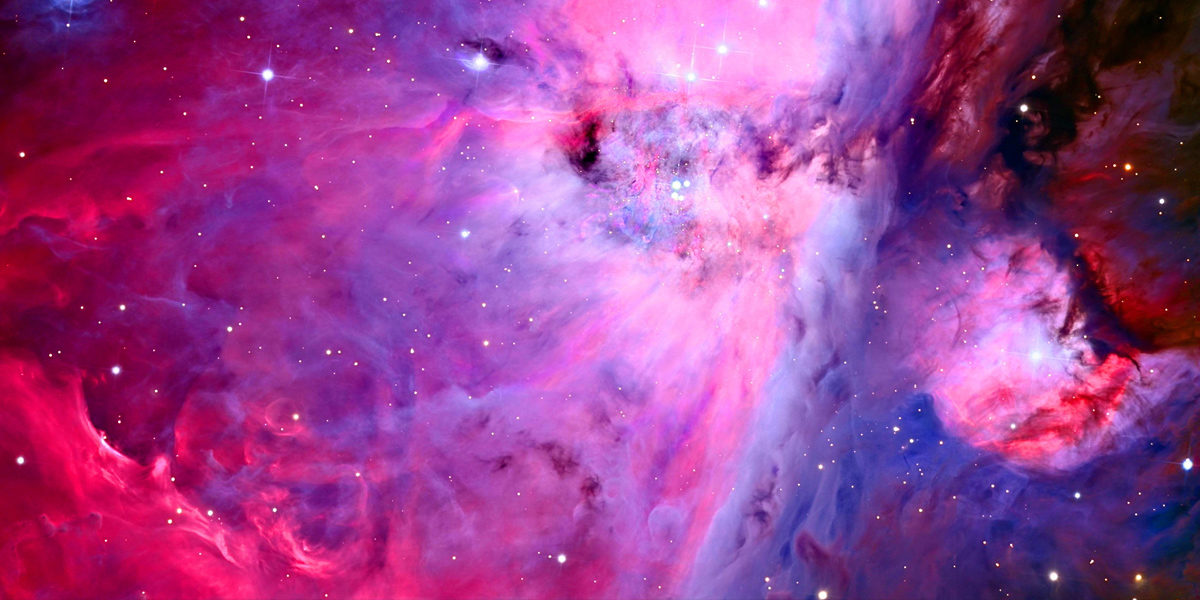The Mana System is an alternative way of casting magic in Dungeons and Dragons 3rd Edition or Pathfinder. This system gives versatility and creativity back to casters, and I feel, makes more sense with how magic should work.
A quick side note, I can’t take credit for this. The base idea for it was something a previous DM had found on the internet, I’m not sure exactly where. I do feel this is balanced and I’m not sure how much credit to give out and really to whom it would go to…

The Mana system takes a spell caster’s Spells Per Day and converts it all into a single pool of magical power. The greatest advantage of this system is that a spell caster can cast many more top-level spells, but then they run out of spells very very quickly. Another big advantage is that this makes every caster a spontaneous caster. While each caster class still needs to tune their magic every, it’s no different than a physical class training their skills. Cleric still needs to pray, wizards still need to review their spellbooks, and so on.
The downside… well there isn’t a whole lot of a downside other than what I mentioned before, you can blow all your spells very quickly and soon find yourself without any magic.

So how can you implement the Mana System into your game?
First, you need to look up your caster’s Spells Per Day list. Each of these is going to boil down to a certain number of Mana as indicated below:
(Spell Level / 2 ) [Round up] x Spells Per Day = Mana Points
An example, in Pathfinder a 7th Level Wizard has; 4 1st-Level, 3 2nd-Level, 2 3rd-Level, and 1 4th Level. If this Wizard has an 18 Intelligence, you would add an additional Spell Per Day to each of these spell levels as normal.
So from their 1st-Level Spells the equation is (1 / 2) x 5 = 5
2nd-Level Spells the equation is (2 / 2) x 4 = 4
3rd-Level Spells the equation is (3 / 2) x 3 = 6
4th-Level Spells the equation is (4 / 2) x 2 = 4
Then you Add all the Mana Points Together for the total
5 + 4 + 6 + 4 = 19
Then to cast a spell, you simply use an amount of Mana equal to the spell Level you are casting.
For Pathfinder you do not have to worry about 0-Level spells as you can cast them at will anyway. For Dungeons and Dragons 3rd Edition or 3.5, the only change you have to make is that you get a number of free spells per day of your 0-Level Spells equal to the classes Spells Per Day, after that it costs one Mana Point.
There are some parts where this gets a little tricky.
For things like Cleric Domain Spells, you would just give them one free casting for each of their domain spells each day.
Some people believe this is can be unfair for Prepared Casters vs Spontaneous Casters, saying that the Prepared caster can now cast any of their spells they want in a day giving them much great versatility. But if you look like a Prepared Casters’ Spells Per Day compared to a Spontaneous Casters’ Spells Per Day, you will notice that the Spontaneous Caster will end up with a much higher Mana Pool. Compared to the Wizard example above, a 7th Level Sorcerer with an 18 Charisma would have a Mana Pool of 24, and they can’t cast 4th Level spells as the Wizard can!

For Meta Magic Feats, you simply add a number of Mana equal to the Spell Level Adjustment that the feat requires. But you are not able to end up with a Mana Cost greater than the highest-level spell you can cast.
There are probably a bunch of special exceptions for classes out there. If you have any questions, feel free to leave a comment below and I’ll update this page!
Check out the All Roads Tavern Podcast if you’re interested in a highly produced actual play entertainment!
Follow the author of this post, Erik!
@LithMageLLC (Musings)
@RolePlayADay (Roleplay Inspiration)
Facebook

